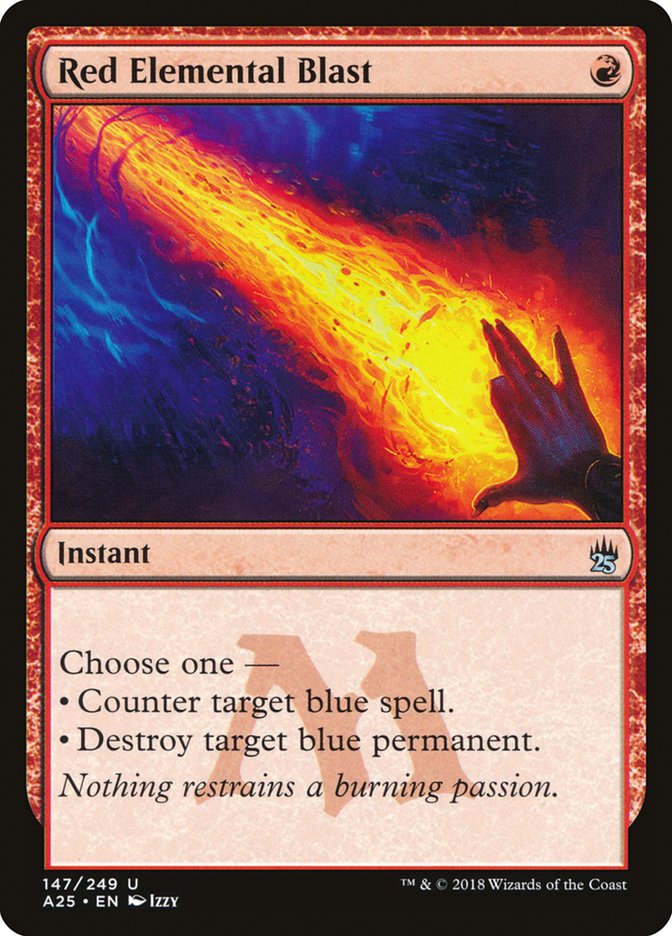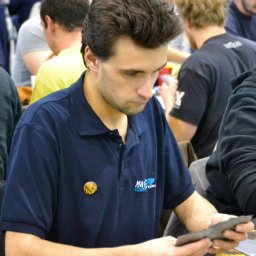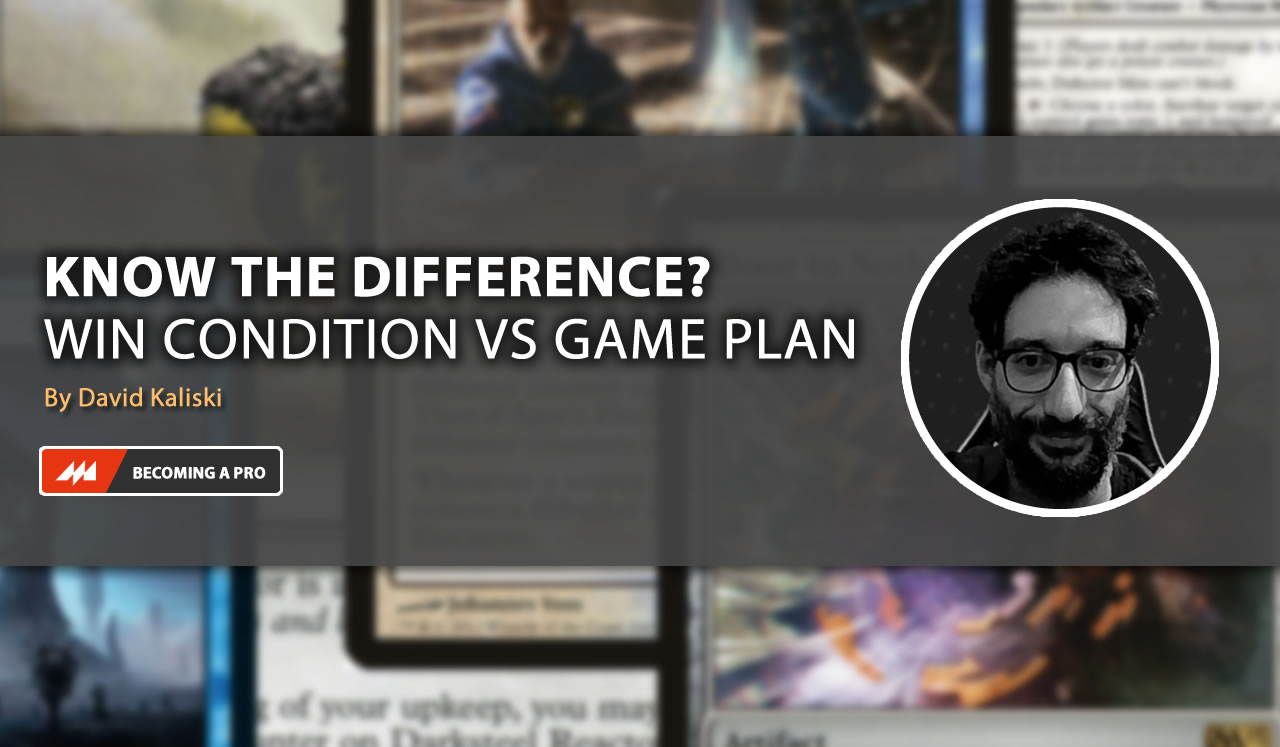Exploring the meaning of 'Meta' and 'Metagame' in Magic the Gathering
Quick intro
In our previous article, we took a deep dive into what tempo is and left some questions to be answered. What I love most about this concept is that, without it, we cannot understand what comes next: the meta.
Meta and metagame
When discussing Magic the Gathering, the first thing we need to do is define "Meta." Let's take a closer look at this phenomenon since there are many ways to explain it and it seems like everyone has valid points:
- The metagame is the collection of decks played in any given format.
- "what is winning the most".
- A deck is considered part of the metagame if it can compete with the decks that are already part of the metagame.
All of them seem fine, but what is the right definition?
Let's kick off with a few basic definitions before going a little deeper.
What is a metagame?
Metagame is the term used to describe the current strategies and decks that are popular in a certain period of time. It typically refers to the decks that are winning tournaments, as well as the strategies that players are using to counter those decks.
What is meta?
In gaming terms, the Meta stands for Most Efficient Tactic Available. In other words, what is designed to maximize tempo in the game.
"Most Efficient Tactic Available"
Applied to Magic: The Gathering, the meta is defined by the most efficient deck available in the format: the one that can consistently win games in the fewest number of turns.
Meta and Tier decks
Now that we know the meaning of meta and metagame, let's try to understand what the meaning of "Tier" is, with a few examples.
Example
If my control deck has 20 lands, I'm not optimizing my efficiency, so it's not meta-conforming; it will tend to miss land drops and I won't be competitive. Being meta is also on the cutting edge of what is competitive. When multiple decks come to similar conclusions about the format, such as that a win condition can be formulated on turn 4, then all decks that can't do the same on turn 4 will not be meta, or will be in a lower tier of decklists.
This way, a metagame is created: decks of cards that seek to execute their strategies with the principles that were established when the format was still asking itself, 'What is meta and what isn't?'
Let's say there are three tiers. Let's imagine that the format is Modern.
- Tier 1 lists typically aim to reach the win condition by turn five; that's the meta. This is the most efficient path given the available cards.
- Tier 2 lists can be more challenging to build, but with a little help from Jace, we can compete just as strongly.
- Tier 3 lists tend to be gimmick decks. Tribal decks with card combinations that can find a win condition, but are not particularly efficient in doing it. These decks always show up in events, but it's very difficult for them to do well since their strategy is anything but efficient.
Now, let's say that a new set comes out, let's say that set is "Oath of the Gatewatch". It's February 2016 and here's the Modern ProTour Top 8.

Next, we find out Gabriel Nassif tells us, right off the bat in his article about his experience testing for the Pro Tour, that he did not invest time in constructing an Eldrazi deck.

Sounds familiar?
This was the usual experience in Magic the Gathering when playing with "eldrazi" creatures. These creatures were an immediate threat and games often ended by the third or fourth turn with the help of Eye of Ugin and Temple of Eldrazi.

Opening hands like this one ended up breaking the entire Modern format, becoming the first Tier 0 since the original bans and adjustments in 2011.
What does it mean to be Tier 0 in Magic: The Gathering?
As we discussed earlier, tier 1 is what sets the standards for being considered meta or off-meta in a given format. Let's say Splinter Twin is turn 4 meta. This deck is tier 0 because it is capable of achieving a turn 4 Splinter, but it has the potential to unleash it in turn 3. Something no other deck can do. If all the decks have an equal chance of winning on turn 4, but this is the only one that can do it on turn 3, then everything we thought we knew about the meta is WRONG, and we have been displaced by a new contender.
In simple words:
"A Tier 0 deck is one that can consistently win the game faster than any other deck in the metagame."
Having a Tier 0 deck in the meta is disastrous for healthy competition. Each Tier 0 has been banned in one way or another - Omnath, Oko, Affinity, Stoneforge Mystic, etc. Since competition is described within Tiers 1 and 2, the very existence of a Tier 0 makes everything look like the Top 8 of Oath of the Gatewatch.
Meta and deckbuilding
As we have just learned, when it comes to Magic: The Gathering, we can say that the meta is the strategy used by players who aim to reach the highest level of competitive play. In other words, the meta provides the general guidelines for a deck to be solid in relation to what others are proposing and its own internal structure. The meta gives us the general guidelines for deck building!
Here are some examples:
AGGRO BURN META
20 lands, 20 creatures costing one to two mana, and 20 burn spells.
CONTROL DECKS META
26 lands, 4-6 removal spells, 6-8 counterspells, 4-6 win conditions, 8 card advantage, etc.
DRAFT META
17 lands, 14 creatures, 4 removal, 2 tricks ,2 splash, 1 fixer.
SEALED META
18 lands, 15 creatures, 5 removals, 2 bombs.
Metagaming: Definition & Examples
WHAT IS METAGAMING?
Metagaming in Magic the Gathering is the act of playing and building decks with the specific intention of countering the strategies of other players, rather than playing to win the game itself. This can include using cards that are powerful against certain strategies, or avoiding certain strategies altogether. It involves understanding the metagame of the format you are playing in and using that knowledge to your advantage.
Example: Meta & Metagaming the Wrong Way in Legacy
I brought two Red Elemental Blasts to Legacy as I believed that X% of players were playing Blue. When I arrived at the event, however, no one was playing Blue. I ended up losing two matches due to drawing Red Elemental Blast against Goblins, and I blamed my bad luck on the gods.
To start, running hate cards like Red Elemental Blast in the main deck isn't exactly meta. The deck loses efficiency when this type of decision is made. Having situational cards in game 1 puts us at a disadvantage from the start and won't necessarily give us what we need most: developing our game.
Secondly, there is a more moderate way to prepare for the meta. That is, to make an adjustment to your deck, keeping in mind that it MUST still work efficiently with the resources you have.
Example: Meta & Metagaming in Standard
Let's say we want to play Standard and taking a look at the metagame this is what we see.

Some things to consider:
- 1.-No green.
- 2.-The best deck has double the representation of the next two decks.
- 3.-Black is overrepresented.
It's clear that the most represented deck is a three-color one with two very powerful 3 drops, meaning it can maximize from turn three. I also see that it heavily depends on the quality of its mana base, which puts it at a disadvantage compared to mono-colored aggressive decks.
Let's take a look at a Standard event this weekend to get an idea of what this is all about!

Willy Edel is a Hall of Famer and metagame genius. He played a Monowhite midrange deck, utilizing three manlands and many cards that recover resources. This deck should theoretically have a good matchup against three-color midranges such as Grixis, Esper, and Mardu, since it seeks to achieve a similar strategy but with the added efficiency of Plains rather than Tap Lands.
The results of this premise were clear: four Mono-White decks made it to the top, with only one Grixis deck in the mix. Yet, when it came to the question of which midrange deck was the best, Mono-Red Aggro ended up winning the tournament. This was demonstrated recently at the Regional in Chile, where Mono-Red took the victory.
Why is this happening?
Everyone sees Grixis Midrange as the deck to beat in the current Standard metagame . It seems like most players are playing Mono-White, Esper, and Mardu decks to counter it. But then, someone comes along with a Mono-Red deck that unexpectedly beats Midrange and takes down the tournament. This could mean a shift in the metagame as players react to the success of Mono-Red.
So, what's next?
The format lowers its costs to counteract the aggro threat. A control deck appears that avoids the removals that midrange decks incorporate to control aggressive decks.
People swap formats because they get bored of playing against control. A new expansion is released, the meta is adjusted, etc.
Final Words
Meta and metagame are two very similar concepts, they are directly related and one is the direct consequence of the other.
The metagame is constantly adapting and is somewhat cyclical; what's best is relative to how the pieces are placed. On the other hand, the meta is permanent. What's most efficient today may not be tomorrow, but the constant pursuit of improvement will bring us closer to an optimal deck, game, and understanding of Magic from a theoretical perspective. This allows us to stay ahead of the metagame and provide our own solutions.
Let me know in the comments what you'd like me to cover in my upcoming articles
How to apply this knowledge to the limited format? How to improve within the game? How to build a sideboard? etc.
To answer this and other questions, be sure to check out my next article next week. Until then, I bid you farewell and thank you for taking the time to read!
If you liked this article maybe you will also find interesting on of the following ones The Art of Sideboarding by Remi Fortier, How to Beat Tilt and Win More Games in Magic: The Gathering!, Building and breaking metagames: The Halo effect of Deckbuilding, Know the Difference: Win Condition vs. Game Plan
Sign Up for MTGDecks newsletter
You'll receive a weekly email with more articles like this.
Game Theory Expert
David Kaliski from Chile, also known as “El Turko”, is a former National Champion, and Pro Tour competitor. His best performance is 39th at Pro Tour Guilds of Ravnica. He loves to explain anything magic related and quickdraft his way to Mythic in MTG: Arena.










